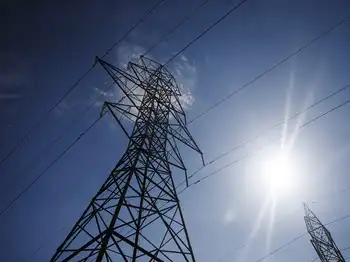Work on thermal plant expansion begins
BEIJING, CHINA - Construction of China Huaneng Group's Beijing Thermal Power Plant Phase II combined-cycle expansion project, namely the Beijing Southeast Thermal & Electricity Center, has begun.
Lin Ji, the deputy mayor of Beijing City Cao Peixi, the general manager of China Huaneng Group and other leaders and representatives attended the ceremony.
Huaneng Beijing Thermal Power Plant, located at Gaobeidian in the Chaoyang district, is the largest combined heat and power project operated by China Huaneng Group in Beijing, and also the largest heat supplier in China. The power plant currently has a total installed capacity of 845 megawatts MW with a total heat supply capacity of 1.34 billion kilocalories per hour, accounting for about one-third of the total heat supply in Beijing.
The Phase II Expansion project will be furnished with two 9F-class combined-cycle gas turbine generators together with one steam turbine generator. The project has an estimated total investment value of $480 million. Huaneng Beijing Thermal Power Company Limited, a wholly owned subsidiary of China Huaneng Group, is responsible for the construction and the future operation of the project.
According to the schedule, the project will begin operation by the winter of 2011. Upon completion, the project will add an additional 900 MW of installed capacity and another 13 million square meters of heat supply area.
As reported, Beijing will promote the construction of four large-scale thermal and electricity centers to establish a highly efficient urban heat supply system in the next five years.
Related News

Maritime Link almost a reality, as first power cable reaches Nova Scotia
HALIFAX - The longest sub-sea electricity cable in North America now connects Nova Scotia and Newfoundland and Labrador, according to the company behind the $1.7-billion Maritime Link project.
The first of the project's two high-voltage power transmission cables was anchored at Point Aconi, N.S., on Sunday.
The 170-kilometre long cable across the Cabot Strait will connect the power grids in the two provinces. The link will allow power to flow between the two provinces, and bring to Nova Scotia electricity generated by the massive Muskrat Falls hydroelectric project in Labrador.
Ultimately, the Maritime Link will help Nova Scotia reach the renewable energy…




